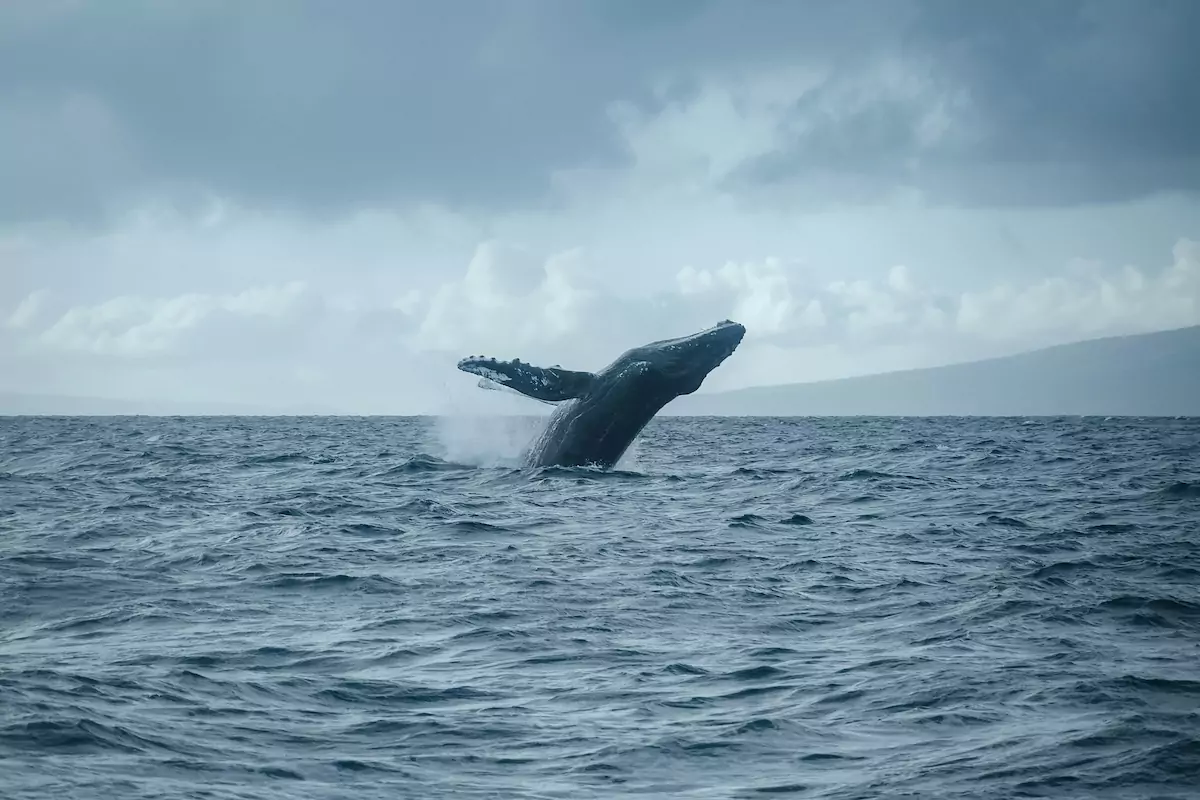Just days after Morocco became the 60th country to ratify the High Seas Treaty, the countdown to a global ocean protection framework has officially begun. From January 2026, the long-awaited agreement will enter into force, paving the way for a historic transformation in how the planet’s international waters are governed.
A high-level event held in New York this week, From Nice to New York: Activating the High Seas Treaty!, marked the turning point. Hosted on the sidelines of the United Nations General Assembly, the celebration drew leaders from France, Chile, Ireland and beyond, alongside environmental advocates including actor Sigourney Weaver.
The milestone follows more than two decades of negotiation. Now, with the 60-ratification threshold reached — thanks to Morocco’s signature last Friday — the Treaty will officially become international law on 17th January 2026.
French President Emmanuel Macron and Chilean President Gabriel Boric were among those who welcomed the moment, while UN Secretary-General António Guterres called the Treaty “a monumental achievement” that “sets binding rules to conserve and sustainably use marine biodiversity.”
Why the Treaty matters
The High Seas — which cover nearly half the Earth’s surface and more than two-thirds of the ocean — remain largely unprotected. Just 1% of these waters are currently safeguarded, despite their critical importance to global biodiversity, climate regulation, and food security.
The Treaty provides the legal foundation to change that. Once in force, it will allow countries to propose marine protected areas (MPAs) in international waters. Signatory nations will then vote on these proposals, creating a pathway to meet the global 30×30 target: protecting 30% of the world’s ocean by 2030.
It also establishes stricter rules for environmental impact assessments and fosters fairer access to marine genetic resources — a crucial step for equity among developed and developing nations.
The road ahead: from ratification to real impact
While reaching 60 ratifications in just two years has been called “record time” by environmental policy experts, attention now turns to implementation.
“The era of exploitation and destruction must end,” said Greenpeace International Executive Director Mads Christensen. “Our oceans can’t wait, and neither can we.”
Bloomberg Philanthropies and the Minderoo Foundation are among the groups pledging millions to support the rollout of protections, monitoring systems, and capacity-building for small island states and developing countries.
Kirsten Schuijt, Director-General of WWF International, called the Treaty “a turning point for two-thirds of the world’s ocean,” and a “positive catalyst” for global collaboration.
See also:
Stay updated with Monaco Life: sign up for our free newsletter, catch our podcast on Spotify, and follow us across Facebook, Instagram, LinkedIn, and Tik Tok.
Photo credit: Saroj Bhandari, Unsplash
